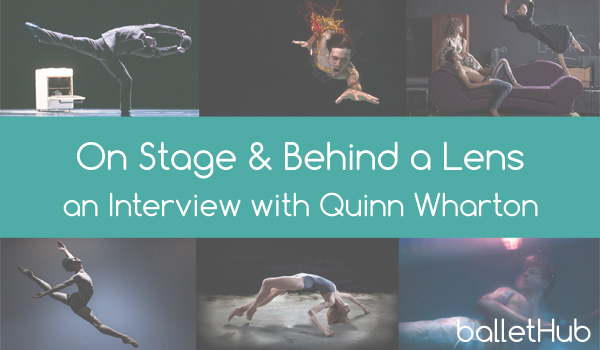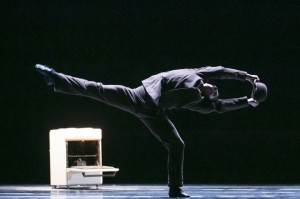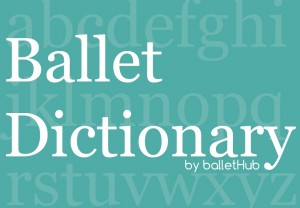BalletHub: Thanks for joining us today Quinn! To start off, how did you first get involved with ballet and dance?
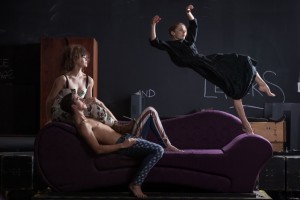 Quinn B Wharton: I began dancing when I was 6 years old. I was put into classes that my best friend at the time was taking, an after school activity. In the beginning it was mostly hip hop and jazz that I was learning. I must have had a good time doing it, enough for me to keep it up for a few years. In the 3rd grade I became a part of Pacific Northwest Ballet’s outreach program, Dance Chance. It’s a wonderful program that auditions third graders in public schools for potential talent and then provides scholarships for classes.
Quinn B Wharton: I began dancing when I was 6 years old. I was put into classes that my best friend at the time was taking, an after school activity. In the beginning it was mostly hip hop and jazz that I was learning. I must have had a good time doing it, enough for me to keep it up for a few years. In the 3rd grade I became a part of Pacific Northwest Ballet’s outreach program, Dance Chance. It’s a wonderful program that auditions third graders in public schools for potential talent and then provides scholarships for classes.
That began my formal training in ballet, though it took some hits along the road. I had a 5 year rocky period when I moved with my family to Hawaii at age 9.
Did you know you wanted to dance professionally from the start?
If you have a very clear vision for what you want, the image or feel or detail, then you can make a lot happen.
Of course not, I was 6. I just enjoyed moving to music. My dad played a lot of Michael Jackson and it was fun to dance to. When we moved to Hawaii dance started to become something that made me different, set me apart. This was both good and bad. It didn’t generate a lot of friends but it made me feel like I was a part of something special.
Eventually that exclusion instigated my move to North Carolina to attend North Carolina School of the Arts. It was then that I decided I would pursue dance as a real career. So it probably hit me around 14 or 15.
You received your first professional contract with San Francisco Ballet, and having danced with the company for 7 years, you made the move to Hubbard Street Dance Chicago. How was the transition from company to company in terms of size and the works you perform?
The transition was a HUGE shock, in terms of everything. The size of the company changed the dynamics of how I had to work. In San Francisco, I had gotten used to using certain means to stand out, in a large company you have to. I found those skills terribly non-useful at Hubbard Street and had a hard time letting them go. In Hubbard Street, everyone dances all the time, there is no fighting for parts. Instead it becomes about managing your workload and your interpersonal relationships so that the environment stays positive. The work has been a positive change.
Ballet was always something I struggled with, I felt a bit out of my comfort area. Hubbard Street’s repertory reflects my interests and way of moving very well. Not to say that there weren’t some difficulties. Learning the subtleties of certain works was very difficult. Mats Ek’s Casi-Casa took an inordinate amount of time to feel comfortable in. The character is so nuanced that if you don’t fully believe in its ideas it feels terrible. You have to act the dance and much as you move in it.
What’s your favorite part of dancing professionally?
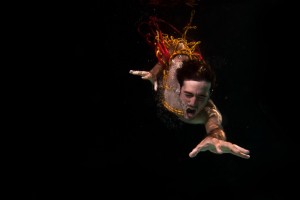 Being able to work with great names in dance. William Forsythe, Mats Ek, Christopher Wheeldon, Wayne McGregor, all people I would never have had access to without my professional career. Its a remarkable education in art to get and be paid for.
Being able to work with great names in dance. William Forsythe, Mats Ek, Christopher Wheeldon, Wayne McGregor, all people I would never have had access to without my professional career. Its a remarkable education in art to get and be paid for.
I’ve been able to learn from the best in the field, masters at their craft. There can’t be a higher calling than that, learning from the best in your industry.
The free dance belts are a nice perk too.
In 2008, you unfortunately suffered an injury, but made the most of it by teaching yourself photography and now have a very impressive portfolio and client list. What inspired you to get into photography?
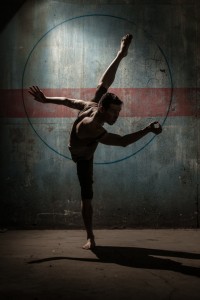 It was entirely an accident, a ball of momentum. I photographed a friend while I was injured, a beautiful person and dancer, Ommi Pipithsuksunt. One of the photos I was quite happy with and posted online and showed to some friends. There was a kernel of positive feedback so I set up another little shoot. I looked around online for images I liked and tried to copy them any way I could figure out.
It was entirely an accident, a ball of momentum. I photographed a friend while I was injured, a beautiful person and dancer, Ommi Pipithsuksunt. One of the photos I was quite happy with and posted online and showed to some friends. There was a kernel of positive feedback so I set up another little shoot. I looked around online for images I liked and tried to copy them any way I could figure out.
Most of the inspiration was merely curiosity; could I make an image like the one I had seen? Was it possible and how would I do it? Each photo series was a little puzzle and game with myself. It helped that it allowed me to connect with people and form relationships I might never have had. I had always felt like I had held myself a little apart from people and photography allowed me to start dialogues and make art with a broader community.
That’s great, and your photography really is beautiful and artistic. Do you feel your experience as a professional dancer helped your artistic eye?
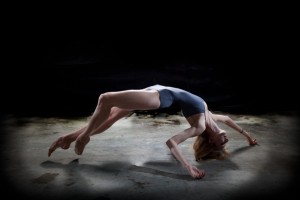 Of course. Dance is a natural education for the eye. I was fortunate in San Francisco to see a lot of stunning pieces and a lot of beautiful dancers. You automatically recognize great imagery for what it is. If you pay attention you can learn lighting, styling, makeup, hair, and even some of the technical photography aspects.
Of course. Dance is a natural education for the eye. I was fortunate in San Francisco to see a lot of stunning pieces and a lot of beautiful dancers. You automatically recognize great imagery for what it is. If you pay attention you can learn lighting, styling, makeup, hair, and even some of the technical photography aspects.
I also had an entire crew in the opera house who were amazing resources for my questions. They had a large technical knowledge base that I couldn’t have done this without.
Do you feel the opposite effect has happened, that your photography has altered your understanding of dance and movement in some way?
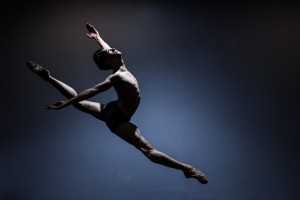 Videography, more than photography, has altered my understanding of dance. Photography has taught me most about how to interact with people to get a certain look or emotion I want. Who needs to be told what and how in order for them to be comfortable. Videography is a clear tool for seeing what movement works and why on many people. That information can then be extrapolated and applied to your own work. I can watch someone and see how their dynamic timing is interesting and what they are doing from different angles and try and figure out how that would look on me.
Videography, more than photography, has altered my understanding of dance. Photography has taught me most about how to interact with people to get a certain look or emotion I want. Who needs to be told what and how in order for them to be comfortable. Videography is a clear tool for seeing what movement works and why on many people. That information can then be extrapolated and applied to your own work. I can watch someone and see how their dynamic timing is interesting and what they are doing from different angles and try and figure out how that would look on me.
What is your favorite subject to photograph? Favorite location?
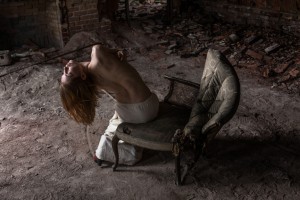 I love photographing people. Objects and architecture are fine and well, but people are fascinating. It reflects how I feel about the world in general. Each and every person has some interesting story to tell, some facet of their journey that is compelling.
I love photographing people. Objects and architecture are fine and well, but people are fascinating. It reflects how I feel about the world in general. Each and every person has some interesting story to tell, some facet of their journey that is compelling.
The question for me as I take their picture is, “Can I capture that?” To even capture a sliver of that truth, a kernel, means I have done my job. That moment is what keeps me moving forward in this world.
Is there a lot of preparation required to get the shot “just right”?
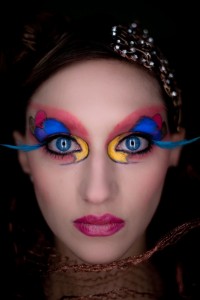 Of course. The more preparation you put into something the better it’s going to be. But I would say even before that, having a clear idea is more essential. If you have a very clear vision for what you want, the image or feel or detail, then you can make a lot happen.
Of course. The more preparation you put into something the better it’s going to be. But I would say even before that, having a clear idea is more essential. If you have a very clear vision for what you want, the image or feel or detail, then you can make a lot happen.
Great images can often come from mistakes, but you learn as you hone how to make what you want. It is an amazing feeling when you set up a shoot and prepare and get the shot you want without too much hair-pulling.
You realize that all that work you’ve been putting in is actually paying off. Of course there are those other shoots where nothing feels right and you just have to throw everything out the window and create chaos to see if it fixes things. You just hope that the organized shoots slowly start outnumbering the chaotic ones.
Almost every dancer has a role or piece that they dream of performing. Is there anything you dream of capturing with your camera?
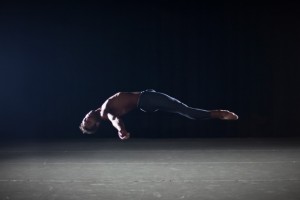 A real moment of photojournalism is the only honest way I could answer that. Yes, I would love to photograph a president, a supermodel, or a rock star. But the one theme I have always come back to is the idea of using photography and image making to send a real image out into the world that makes a difference.
A real moment of photojournalism is the only honest way I could answer that. Yes, I would love to photograph a president, a supermodel, or a rock star. But the one theme I have always come back to is the idea of using photography and image making to send a real image out into the world that makes a difference.
I want to know what the rest of the world lives and breathes like. I don’t know how I am going to make this happen, or where it will happen. But its the one idea I have come back to in my head again and again.
Do you see yourself working as a photographer full-time after you retire from performing?
Definitely. Assuming I can carve a niche out for myself. It’s a competitive industry with a lot of talented people in it.
Dance is a natural education for the eye.
Injuries can be extremely frustrating for dancers, especially when it forces them to sit out part or all of a season. Having been in that exact situation and making the most of it, what advice can you give to other dancers that may be facing time off due to an injury?
 Positive spirits are the only way to make it through. Photography was a nice bonus that came from the injury, but it was not what got me through it. I distracted myself any way I knew how. I went out into the world as best I could and tried to live life, fill myself with experiences. I cooked, I saw friends, I listened to music.
Positive spirits are the only way to make it through. Photography was a nice bonus that came from the injury, but it was not what got me through it. I distracted myself any way I knew how. I went out into the world as best I could and tried to live life, fill myself with experiences. I cooked, I saw friends, I listened to music.
As long as I could keep my head in a positive, engaged place I could keep the healing going. The negativity and depression only slowed down my healing and recovery process. To me, positivity is the only guaranteed help in a recovery. Everything else can change: diet, therapy, or career. But having some sanity is the only simple crutch you can give yourself.
Thanks for sharing your story with us, Quinn! Hopefully other dancers who may be facing some down time due to an injury can find some inspiration in what you have to say about making the most of an unfortunate situation.
